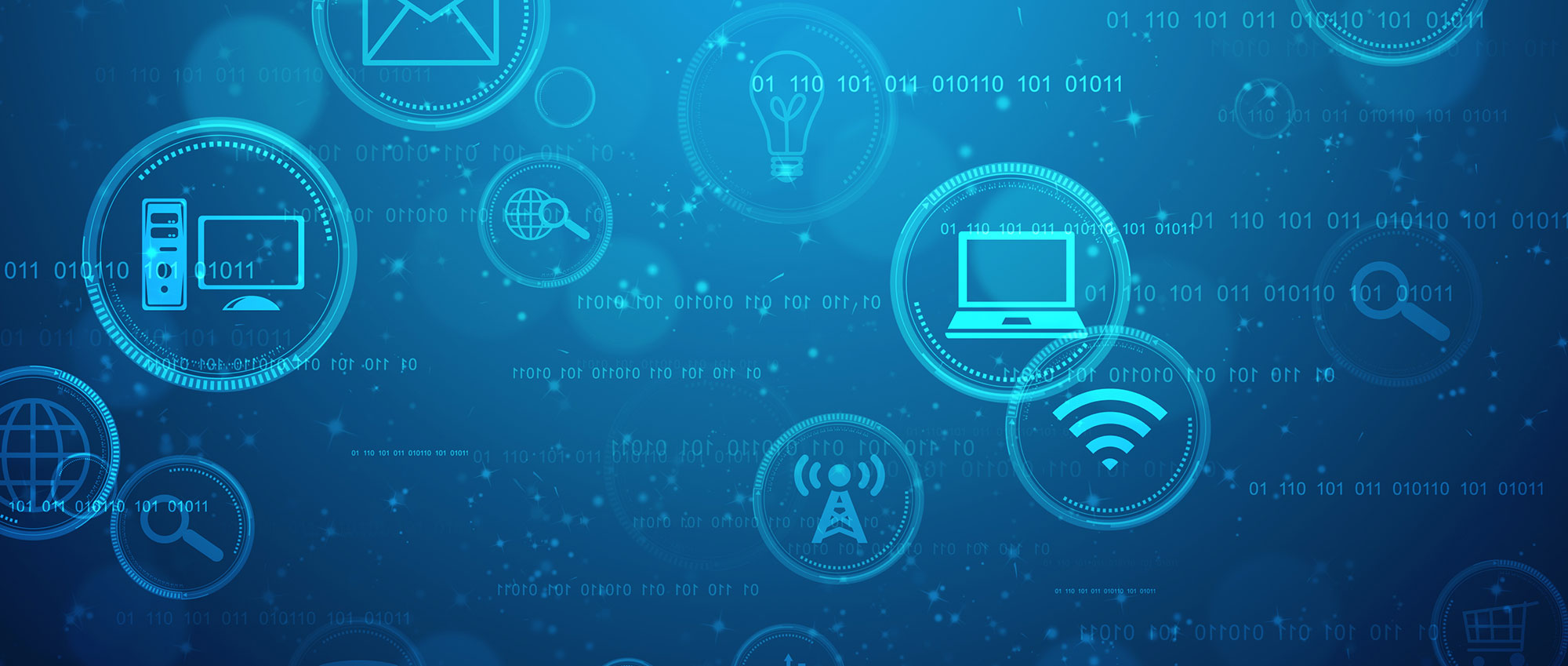The Word Ransomware is a combination of ransom and software and refers to any kind of malware that demands a ransom from user in exchange for the return of a kidnapped file.
This threat works just like a kidnapping in real life, except the things held captive are your files, which are maybe multimedia files, office files or system files that your computer relies on to work properly.
How Does Ransomware Spread?
Typical methods are through attachments sent via unsolicited emails or by clicking on a link in an email that claims to be from a bank or delivery company.
They are also distributed through peer-to-peer file sharing networks being passed on through activation keys for popular software like Adobe Photoshop and Microsoft Office.
What Types of Ransomware Are There?
There are two types: 1) File Coder which encrypts the files, and 2) Lock Screen which locks the computer and stops you using it until you have paid the Ransom.
This type of threat can sometimes employ psychological methods to trick and pressurize you into paying. In some cases, the lock screen also incorporates a live transmission of what the webcam is currently seeing, which creates a feeling someone is watching you.
Other times the message on the lock screen takes the form of a notice from a national police force which states that the authorities require you to pay a fine because they have found evidence that your computer contains images of child abuse or bestiality or that you have visited an illegal website or used pirated software.
How To Recover Files From Ransomware? Do You Have to Pay?
Paying for Ransomware is not generally recommended for two reasons:
1) There is no way to stop the attackers demanding more money from you, and 2) If you pay the ransom, you are helping create a new market for cyber criminals which could lead to further Ransomware attacks as well as other types of attacks in the future.
Rather than pay, it is better to learn the lesson. Make sure to have a cloud backup service so you can recover your files if you aren’t lucky enough that it happens again. StoneFly Cloud backup services are a great example. They use backup engines to create backup images automatically or manually, ensuring that your data is backed up and safe.
The StoneFly Dual Node Stretch Cluster has a Storage transportability feature that auto connects & disconnects for data transfer, backup and security. Hard drives detach automatically after Backup and Ransomware can’t get to your data anymore.
Also make sure to get better protection for your computer. If you have a good security solution and run frequent backups, you shouldn’t have any problems.










